Home>Furniture & Design>Bathroom Accessories>How Long Does It Take To Grow Loofah
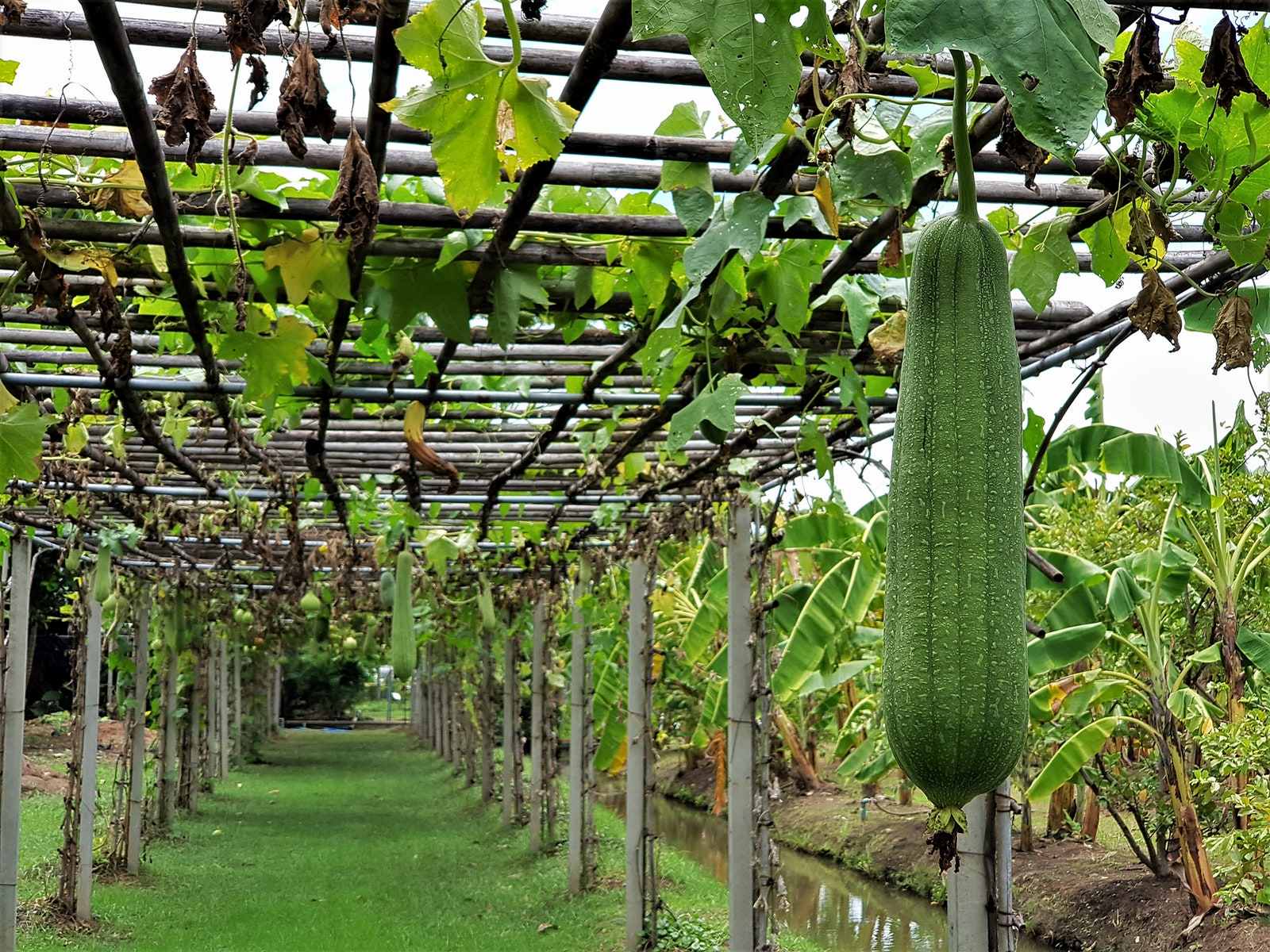

Bathroom Accessories
How Long Does It Take To Grow Loofah
Modified: February 18, 2024
Discover how long it takes to grow loofah, a popular bathroom accessory. Learn about the cultivation process and ideal conditions for growing loofah at home.
(Many of the links in this article redirect to a specific reviewed product. Your purchase of these products through affiliate links helps to generate commission for Storables.com, at no extra cost. Learn more)
What is a Loofah?
A loofah, also known as a luffa or sponge gourd, is a versatile and natural bathroom accessory that has gained popularity for its exfoliating and cleansing properties. Contrary to common belief, a loofah is not a sea sponge but rather a vegetable that belongs to the Cucurbitaceae family, which includes cucumbers, pumpkins, and squash. The loofah plant produces long, cylindrical fruits that, when dried, transform into the familiar scrubbing sponges used in bathrooms and kitchens.
The loofah plant, scientifically known as Luffa aegyptiaca or Luffa acutangula, thrives in warm climates and is native to regions with tropical and subtropical climates, such as Asia and Africa. It is a fast-growing vine that requires a sturdy support structure to climb and sprawl. The plant's large, vibrant yellow flowers give way to elongated fruits that can reach up to 2 feet in length. These fruits are initially green and firm but gradually turn brown and develop a fibrous, sponge-like texture as they mature.
When the loofah fruit reaches full maturity, it is harvested, peeled, and cleaned to reveal the natural sponge within. This process involves removing the outer skin and seeds, leaving behind the fibrous network that forms the exfoliating surface of the loofah sponge. The resulting product is a lightweight, durable, and eco-friendly tool that offers gentle yet effective exfoliation and cleansing when used with soap or body wash.
In addition to its use as a bath and shower accessory, the loofah sponge has various other applications. It can be utilized in the kitchen for scrubbing dishes and cleaning surfaces, providing a natural and sustainable alternative to synthetic sponges. Furthermore, the fibrous texture of the loofah makes it an ideal medium for crafting DIY household items, such as pot scrubbers and decorative ornaments.
Overall, the loofah is a remarkable natural resource that offers both practical and sustainable benefits. Its versatility, eco-friendliness, and gentle exfoliating properties have made it a popular choice for individuals seeking an environmentally conscious and effective bathing and cleaning experience.
Key Takeaways:
- Loofahs are natural sponges grown from a vegetable plant, not from the sea. They need warm climates, sturdy support, and 90-120 days to grow into exfoliating bathroom accessories.
- Harvesting loofahs involves cutting, peeling, and cleaning the mature fruits to reveal the natural sponge inside. They can be used for bathing, cleaning, and crafting, offering eco-friendly versatility.
Read more: How Long Does It Take To Grow Mums
Growing Conditions for Loofah
The successful cultivation of loofah plants hinges on providing the optimal growing conditions to support their vigorous growth and fruit development. Understanding the specific requirements of loofah plants is essential for nurturing healthy vines and obtaining high-quality loofah sponges. Here are the key factors to consider when creating an ideal environment for growing loofah:
1. Climate and Temperature:
Loofah plants thrive in warm climates with plenty of sunlight. They require a minimum of 120 frost-free days to reach maturity and produce fully developed fruits. The ideal temperature range for loofah cultivation is between 70°F and 95°F (21°C to 35°C), ensuring that the plants receive the warmth they need to flourish.
2. Soil Quality:
Well-draining, fertile soil is crucial for the successful growth of loofah plants. Loofahs prefer sandy or loamy soil with a slightly acidic to neutral pH level (6.0 to 7.5). Amending the soil with organic matter, such as compost or well-rotted manure, can enhance its fertility and structure, providing an optimal foundation for the development of healthy loofah vines.
3. Sunlight and Support:
Loofah plants are vigorous climbers that require sturdy support structures, such as trellises or fences, to allow their vines to ascend and sprawl. Positioning the plants in a location that receives full sunlight for at least 6 to 8 hours per day is essential for promoting robust growth and fruit production.
Read more: How Long Does It Take Seeds To Grow
4. Watering and Moisture:
Consistent and adequate moisture is vital for loofah plants, especially during the flowering and fruiting stages. While loofahs are relatively drought-tolerant once established, regular watering is necessary, particularly during dry spells, to ensure optimal fruit development. However, it is crucial to avoid waterlogging the soil, as excessive moisture can lead to root rot and other issues.
5. Pollination:
Loofah plants rely on pollinators, such as bees and other insects, for the successful pollination of their flowers. Ensuring a diverse and thriving ecosystem in the vicinity of the loofah plants can support natural pollination, contributing to the formation of healthy and abundant fruits.
By carefully attending to these essential growing conditions, enthusiasts can cultivate thriving loofah plants and enjoy a bountiful harvest of natural sponges that are both environmentally friendly and versatile in their applications.
Time Frame for Growing Loofah
The time frame for growing loofah encompasses several stages, from the initial sowing of seeds to the eventual harvesting of mature fruits. Understanding the timeline of a loofah plant's growth is essential for planning and managing the cultivation process effectively. Here's a detailed overview of the time frame for growing loofah:
-
Seed Germination (7-14 Days): The journey of growing loofah begins with the germination of seeds. When planted in warm, well-draining soil, loofah seeds typically germinate within 7 to 14 days under optimal conditions. During this initial stage, the seeds require consistent moisture and warmth to sprout and establish their root systems.
-
Vine Development (30-45 Days): Following germination, loofah plants undergo a period of vigorous vine development. Within 30 to 45 days after germination, the plants produce long, sprawling vines that require sturdy support structures to climb and expand. Adequate sunlight, water, and nutrients are crucial during this phase to encourage robust vine growth and the formation of healthy foliage.
-
Flowering (45-60 Days): As the vines mature, loofah plants begin to produce vibrant yellow flowers, signaling the onset of the flowering stage. Typically occurring 45 to 60 days after germination, the flowering phase is a critical period for pollination, as it sets the stage for the development of loofah fruits. The presence of pollinators, such as bees, is essential for facilitating successful pollination and fruit set.
-
Fruit Development (60-90 Days): After successful pollination, the loofah plants dedicate the next 60 to 90 days to the development of elongated fruits. Initially green and firm, the fruits gradually grow in size and undergo a transformation in texture as they mature. During this period, it is essential to monitor the plants for adequate water, sunlight, and support to ensure the healthy development of the loofah fruits.
-
Harvesting (90-120 Days): The culmination of the growing process occurs when the loofah fruits reach full maturity, typically between 90 and 120 days after germination. At this stage, the fruits turn brown and develop a fibrous, sponge-like texture within. Harvesting involves carefully removing the mature fruits from the vines, followed by the process of peeling, cleaning, and preparing the natural sponges for use.
By adhering to this time frame for growing loofah, enthusiasts can gain valuable insights into the various stages of the plant's growth and development. This understanding enables individuals to cultivate loofah plants successfully, ultimately yielding a bountiful supply of natural sponges for personal use or distribution.
Harvesting and Using Loofah
Harvesting loofah marks the culmination of the plant's growth cycle and sets the stage for utilizing the natural sponges in various applications. When the loofah fruits reach full maturity, typically between 90 and 120 days after germination, they undergo a notable transformation in both appearance and texture. At this stage, the initially green and firm fruits turn brown and develop a fibrous, sponge-like interior. Harvesting the mature loofah fruits involves a series of steps to prepare them for use.
Read more: How Long Does It Take For Grass To Grow
Harvesting Process
Harvesting loofah requires careful attention to ensure the preservation of the sponges' quality and integrity. The following steps outline the process of harvesting mature loofah fruits:
-
Assessing Maturity: Before harvesting, it is essential to assess the maturity of the loofah fruits. Mature fruits exhibit a brown coloration and feel lightweight, indicating the development of the fibrous sponge within.
-
Cutting the Fruits: Using sharp garden shears or a knife, the mature loofah fruits are carefully cut from the vines, ensuring that a portion of the stem is retained to facilitate handling during the subsequent processing steps.
-
Peeling and Cleaning: Once harvested, the outer skin of the loofah fruits is peeled to reveal the fibrous network within. This process involves removing the dried outer layer and gently shaking out the seeds, leaving behind the natural sponge.
-
Rinsing and Drying: After peeling, the loofah sponges are rinsed thoroughly with water to remove any remaining debris or impurities. Subsequently, they are left to air dry in a well-ventilated area, allowing them to regain their lightweight and porous characteristics.
Using Loofah
The versatility of loofah extends beyond its role as a bath and shower accessory. Once harvested and prepared, loofah sponges can be utilized in various practical and creative ways:
-
Bathing and Exfoliation: The primary use of loofah sponges is for bathing and exfoliating the skin. When paired with soap or body wash, the gentle yet effective texture of the loofah provides a rejuvenating cleansing experience, removing dead skin cells and promoting smooth, radiant skin.
-
Household Cleaning: In addition to personal care, loofah sponges are ideal for household cleaning tasks. They can be used to scrub dishes, clean surfaces, and tackle tough stains, offering a natural and sustainable alternative to synthetic cleaning sponges.
-
Crafting and DIY Projects: The fibrous nature of loofah makes it an excellent material for crafting DIY household items. From creating pot scrubbers and soap holders to incorporating loofah into artistic projects and decorations, the possibilities for creative utilization are abundant.
By harnessing the natural properties of loofah, individuals can integrate these versatile sponges into their daily routines, promoting sustainability and eco-friendly practices while enjoying their practical benefits in personal care and household maintenance.
Frequently Asked Questions about How Long Does It Take To Grow Loofah
Was this page helpful?
At Storables.com, we guarantee accurate and reliable information. Our content, validated by Expert Board Contributors, is crafted following stringent Editorial Policies. We're committed to providing you with well-researched, expert-backed insights for all your informational needs.
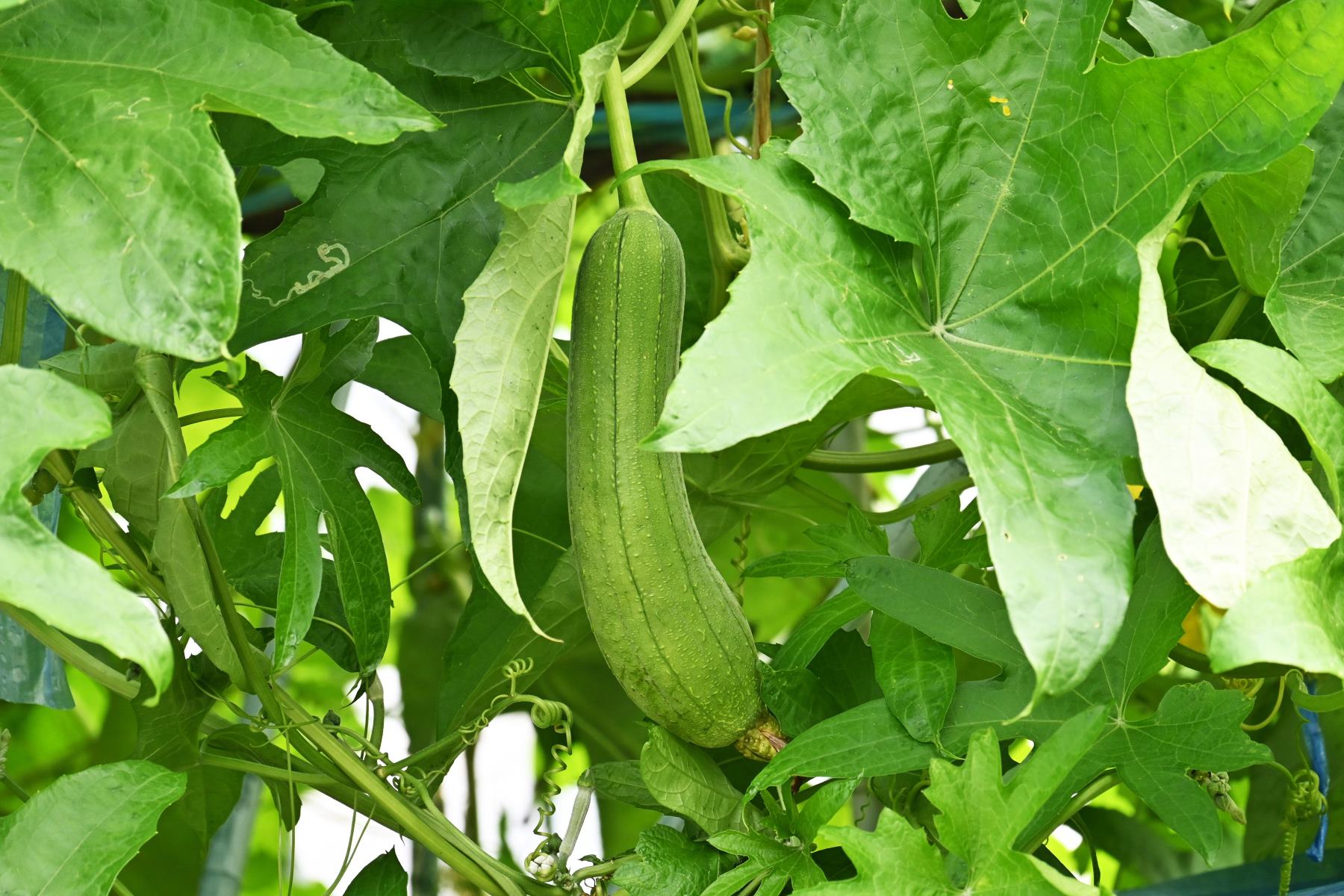
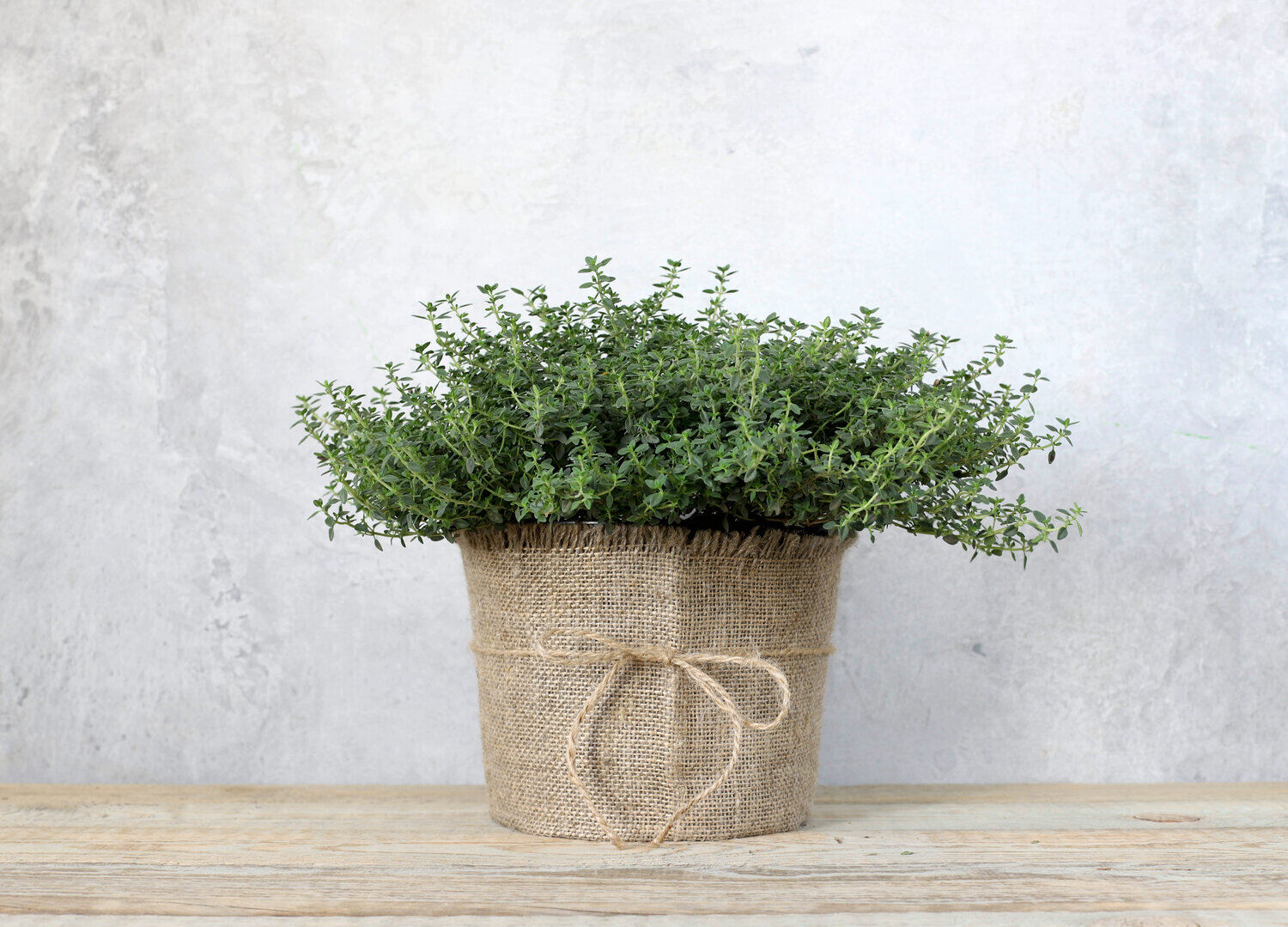
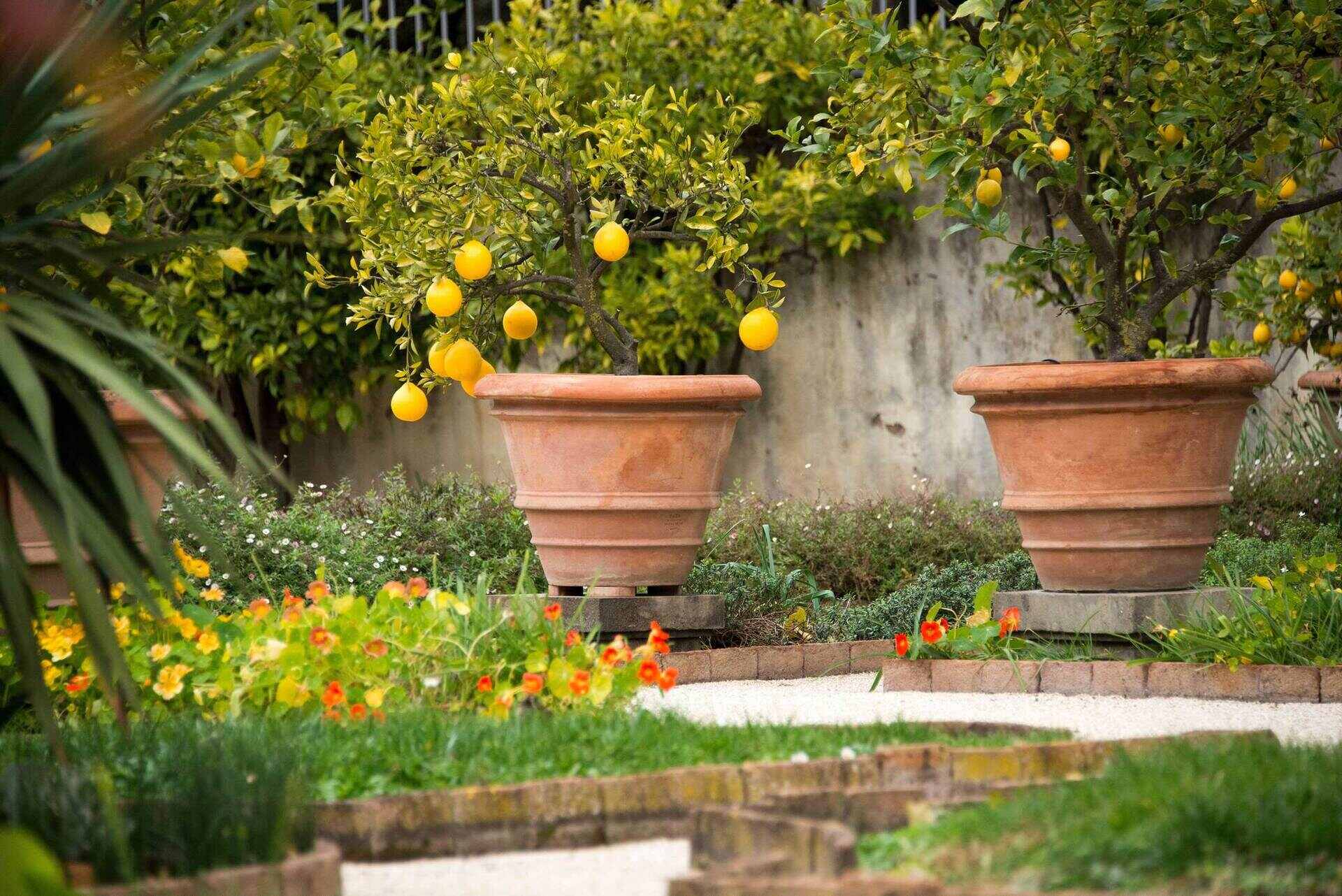
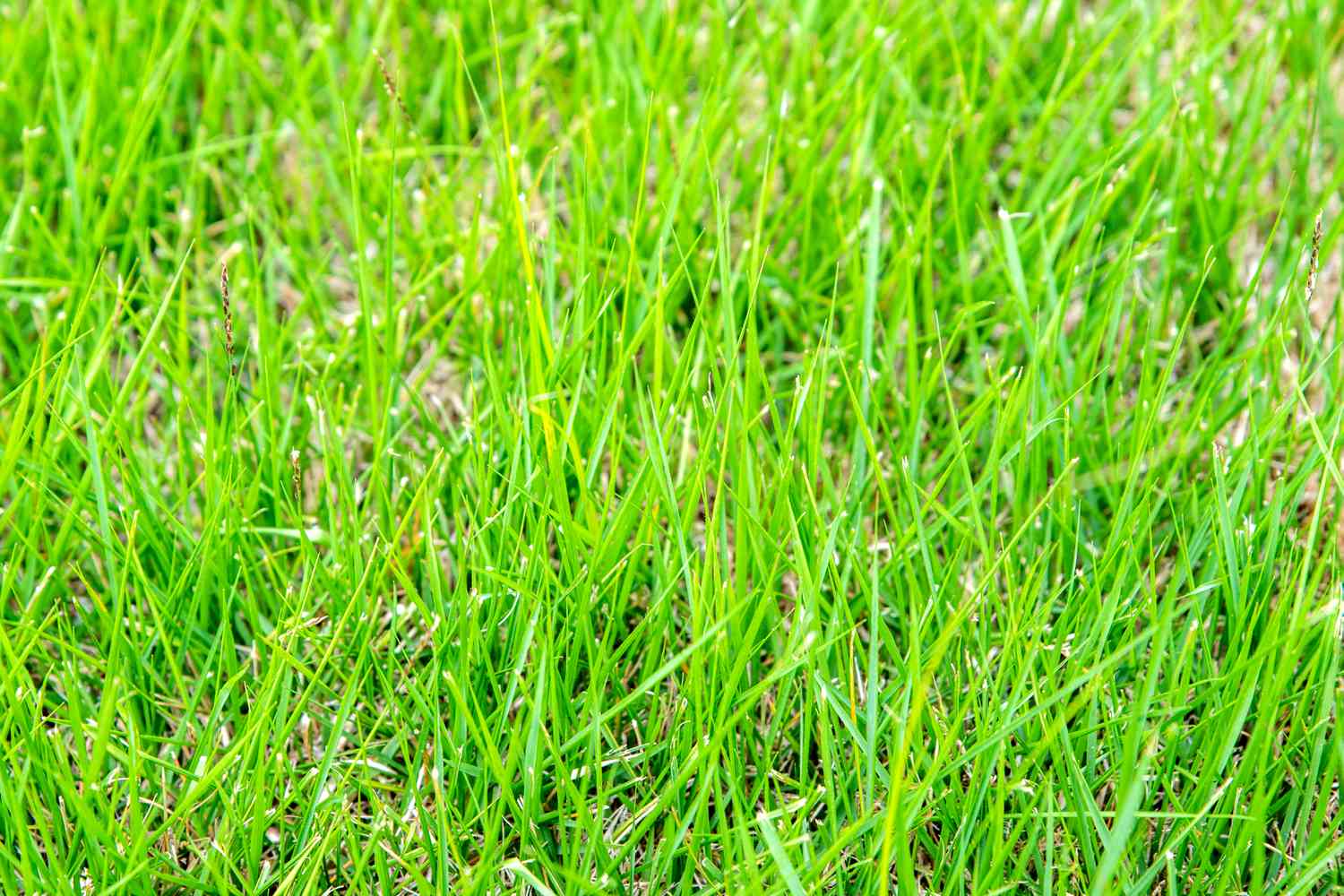

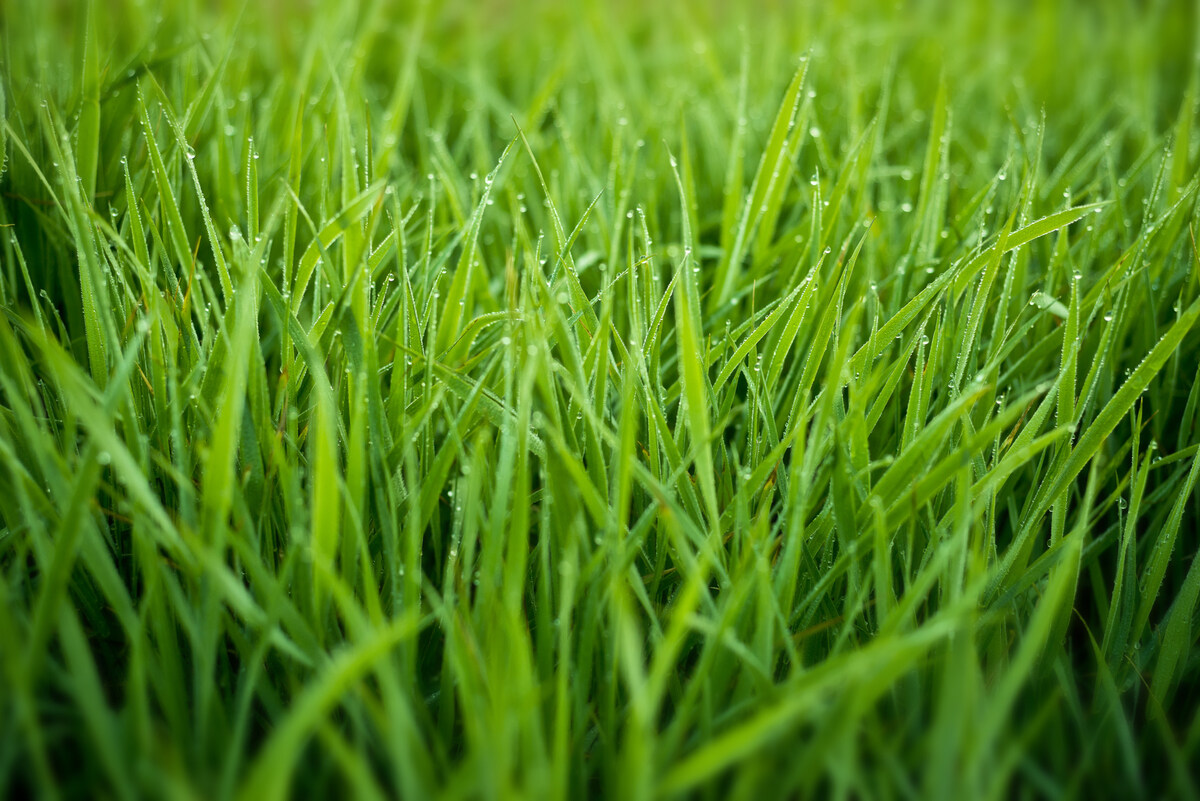
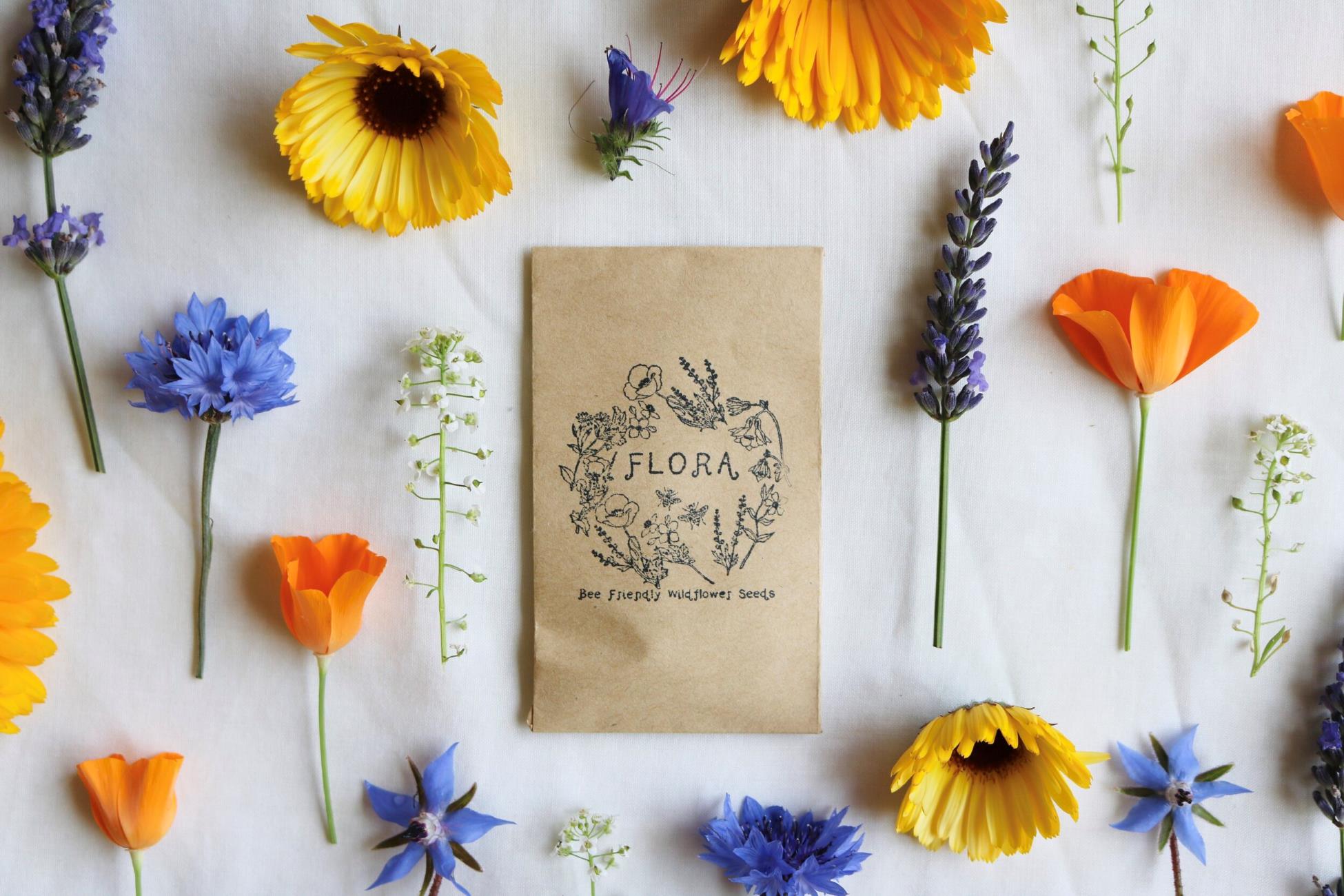
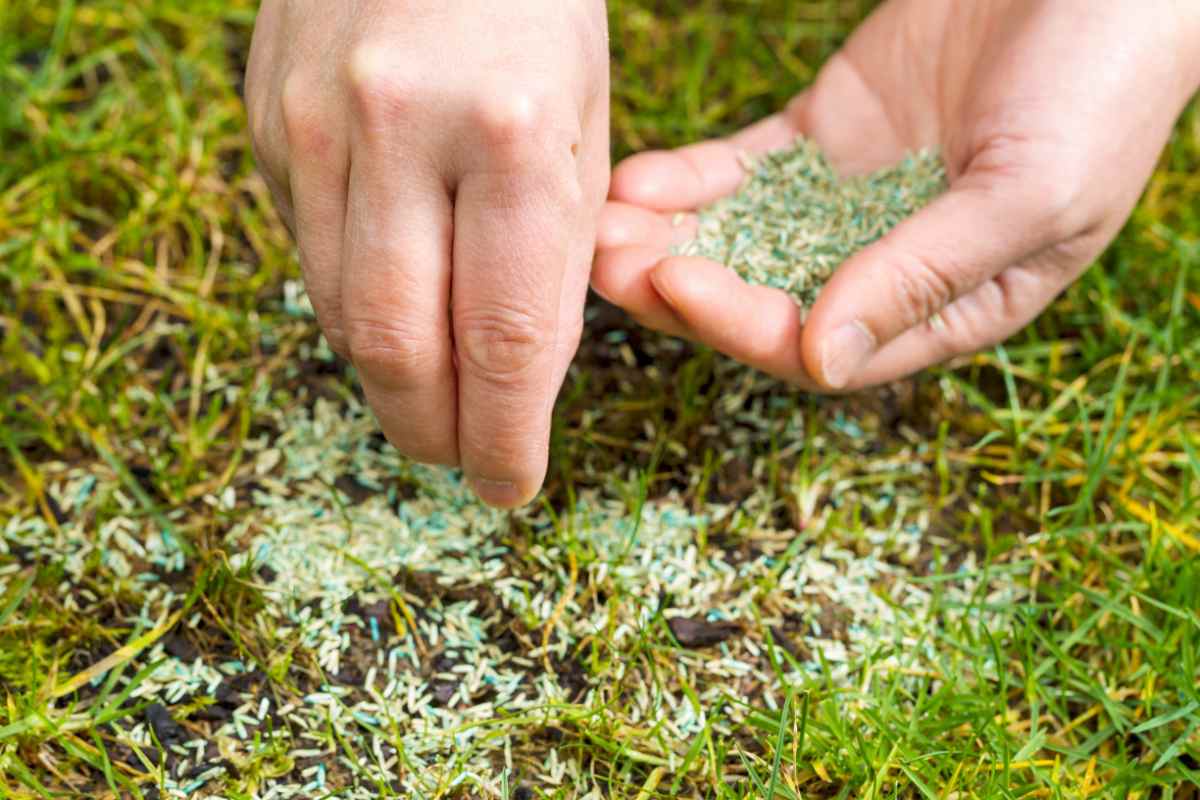
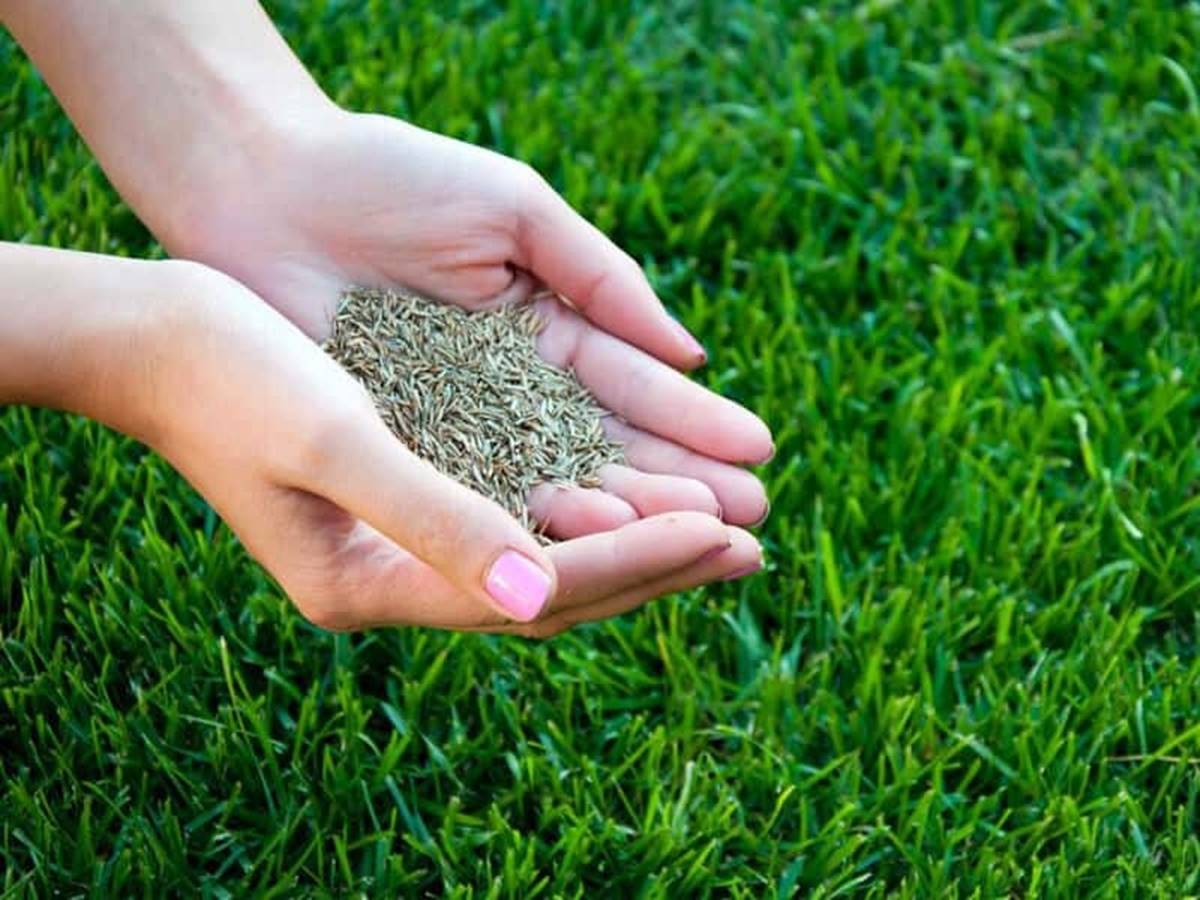
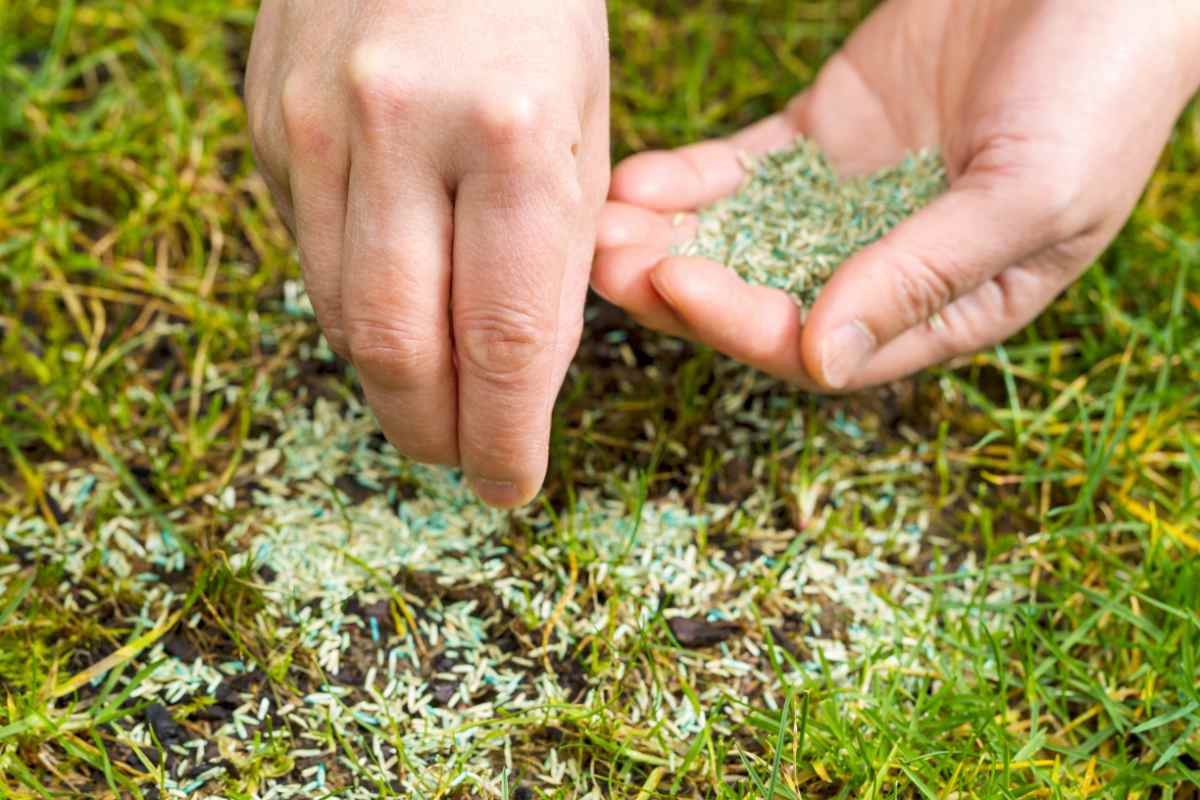
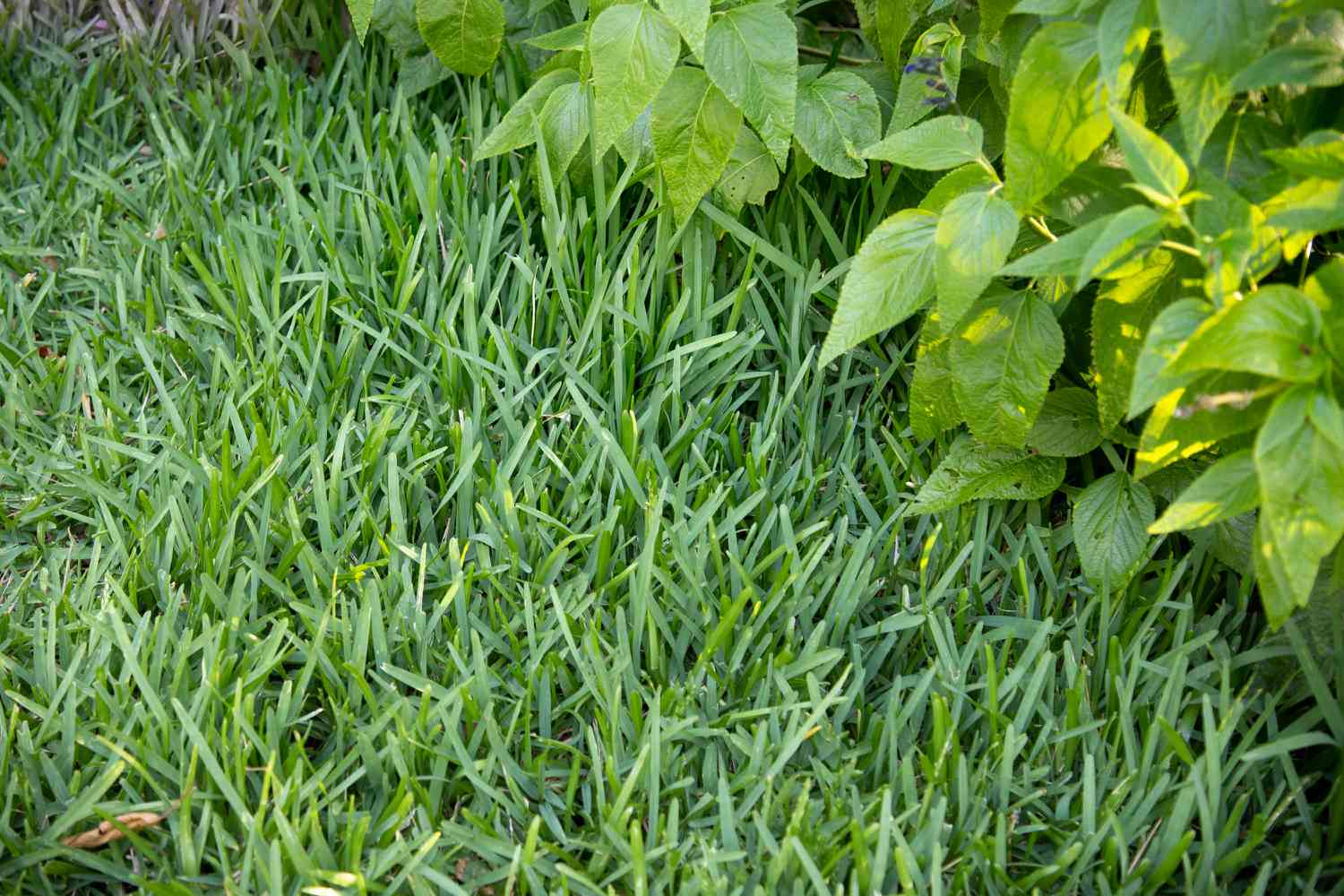
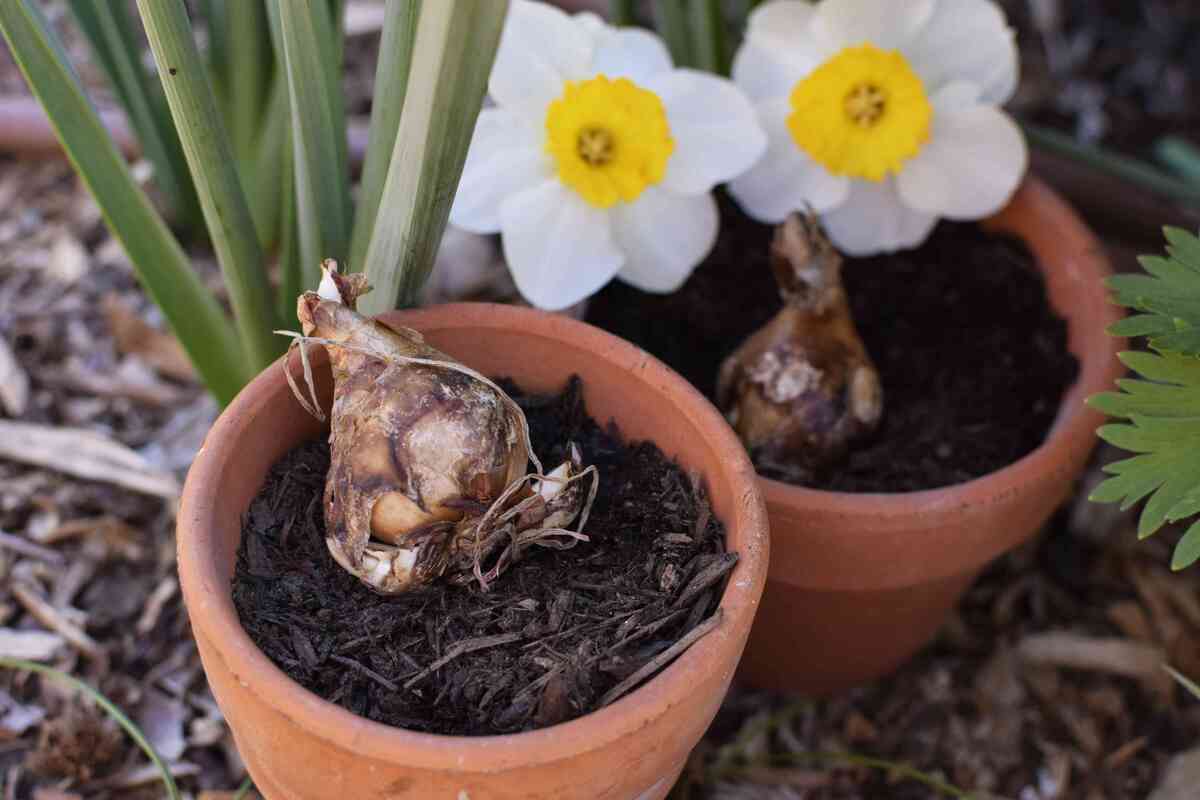
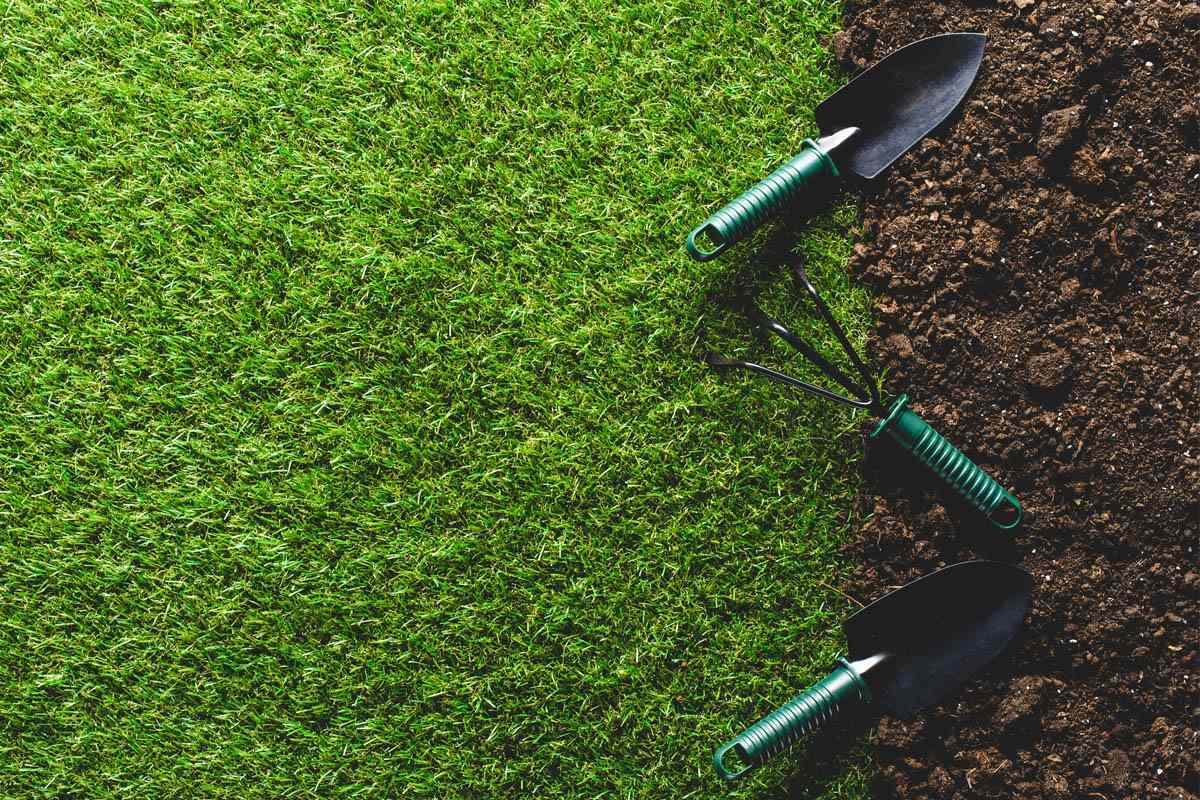

0 thoughts on “How Long Does It Take To Grow Loofah”